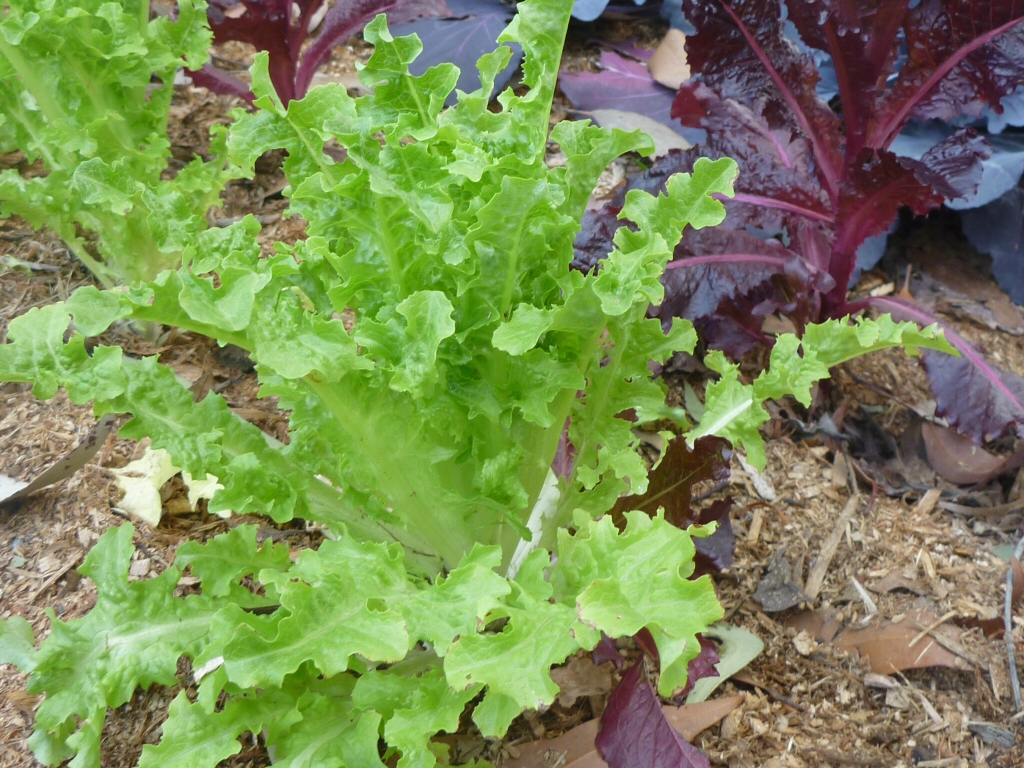How do I grow lettuce?
Imagine being able to walk out your back door to pick some crispy, delicious lettuce leaves for your evening salad. The ever-increasing availability to gardeners of an array of attractive and tasty varieties of this easy-to-grow salad vegetable makes it a must have in any garden or balcony planter box.
Although preferring cooler weather, there are some excellent varieties for warmer summer conditions such as the mignonette types. As lettuce is impossible to freeze, planting a variety of types throughout the year will ensure a continuous supply as they mature at different times and rates.
Perhaps the easiest to grow are the smaller, open-hearted types such as red or green coral. Not only do they taste delicious, but they also add texture to a fresh garden salad or can be used as a garnish. These types are particularly useful as the older leaves can be picked a few at a time as required instead of harvesting the whole plant- ¦ideal for container planting.
Which variety of lettuce should I grow?
The brown and green mignonette varieties, with their rather ornamental foliage, are ideal for the home garden and can be grown as a decorative border or mixed in with annuals for an unusual effect.
Oak leaf, as the name would suggest has a rather unique form for a lettuce plant and as such is very decorative in the garden. It can also be harvested leaf by leaf and adds interest to the salad bowl.
Butter lettuce has a soft texture and is very flavoursome but is best grown during the cooler months from mid-autumn to early spring otherwise it tends to throw up inedible flower stalks.
The large-hearted iceberg types most common in super markets require the most care and need a longer growing period to achieve their full firm head and are probably best left to the professionals. Used extensively in salads, they are also used in several cooked dishes, for example, San Choy Bow.
Cos (also known as romaine), the long leaved type, is one of the fastest and easiest to grow, even from seed. It does particularly well in pots and troughs and is famous for its use in Caesar Salads.
How to cultivate lettuce in the home garden
Successful lettuce growing requires a moisture retentive soil that also has reasonable drainage - it may be best to stick to container growing if your garden soil is questionable. Water daily during the summer months, as any set back in growth tends to make their leaves bitter and can encourage the plant to go to seed prematurely.
A 5cm layer of organic matter such as cow manure or compost forked into the soil prior to planting will help improve both drainage and water storage if you will be growing in a garden soil. Your local garden centre can advise you on good quality organic materials and potting mixes as well as supply you with a good variety of ready-to-plant lettuce seedlings.
Because of their shallow root systems they also benefit from mulching with compost, lucerne hay, or some well-rotted lawn clippings, especially during the warmer months.
Last but not least, a sunny position and a regular supply of nutrients are essential. A liquid fertilizer high in nitrogen applied fortnightly will ensure a deliciously sweet flavoured crop to add colour and interest to any salad or garnish.


